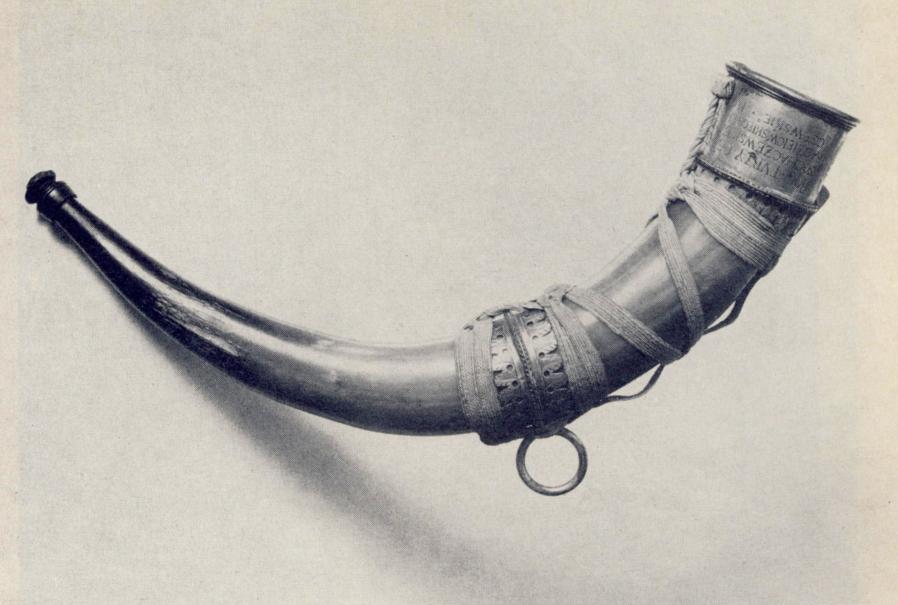I was reviewing a book written by a Dutch wildlife writer about the Rhodope mountains in Bulgaria and he stated that there is a Dutch-funded scheme (ARK) to stock these mountains with a type of cattle which is genetically related to the ancient aurochs, the primitive prehistoric cattle of Europe. This is interesting but what was more interesting was to find out that these aurochs had apparently lived in Poland as late as the 1920s. I had no idea about this. Do any members know anything about it? Where did they live? Were they hunted to extinction or...?
I have put his question in the History Forum because there is no forum for nature and natural history. This is certainly not a question for Tourism Forum as the animals do not exist anymore...though perhaps there is some genetic link in some modern Polish cattle?
It is rather surprising as well that the European bison is still 'going strong (?) in Poland. It must be under a lot of pressure with habitat change. Writing this makes me think of the buffalo grass vodka....wish I had a bottle..
Frank O'Reilly
I have put his question in the History Forum because there is no forum for nature and natural history. This is certainly not a question for Tourism Forum as the animals do not exist anymore...though perhaps there is some genetic link in some modern Polish cattle?
It is rather surprising as well that the European bison is still 'going strong (?) in Poland. It must be under a lot of pressure with habitat change. Writing this makes me think of the buffalo grass vodka....wish I had a bottle..
Frank O'Reilly
 PolishForums LIVE / Archives [3]
PolishForums LIVE / Archives [3]
